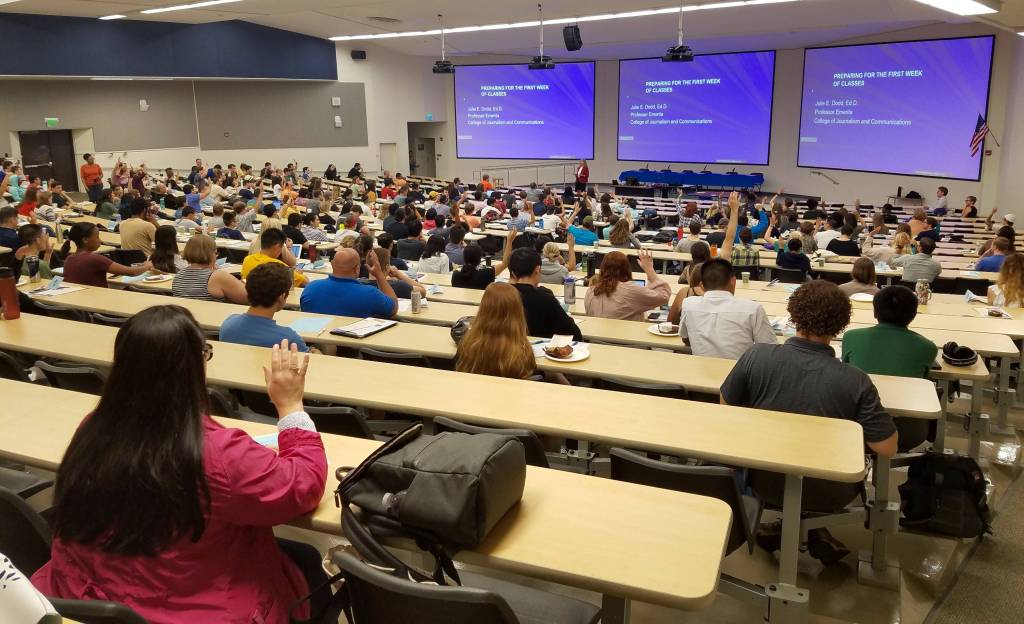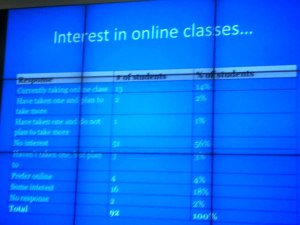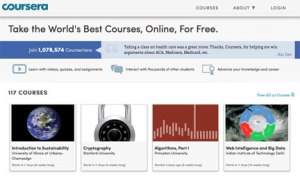
An increase in microphone use by instructors is one of the results of the pandemic and the increase in online and hybrid teaching.
Prior to the pandemic, most instructors taught in classrooms that didn’t require microphone use. Many instructors had never used microphones in their classrooms and, perhaps, had only used a microphone for making a conference presentations.
Even auditorium teaching doesn’t always require a microphone, depending on the design of the auditorium and the instructor’s voice projection.
With the pandemic, most instructors moved to teaching with microphones. Teaching via Zoom, using their laptops. Teaching in an in-person setting and wearing a mask. Teaching in a hybrid environment, with some students in the classroom and others participating online. Recording classes – or entire courses – for asynchronous learning.

I asked University of South Carolina faculty member and former sportscaster Dr. Kevin Hull to join me to discuss microphone use for instructors.
Hull is associate professor of journalism and Sport Media Lead in the School of Journalism and Mass Communication. He was named a “Breakthrough Star” by the University of South Carolina and named “Promising Professor” by the Association for Education in Journalism and Communication’s Mass Communication and Society Division.
Julie Dodd: Let’s talk about the microphones instructors might use for in-person teaching, online teaching or conference presentations.
Continue reading

 What are factors that impact our interest in and ability to teach online courses?
What are factors that impact our interest in and ability to teach online courses?